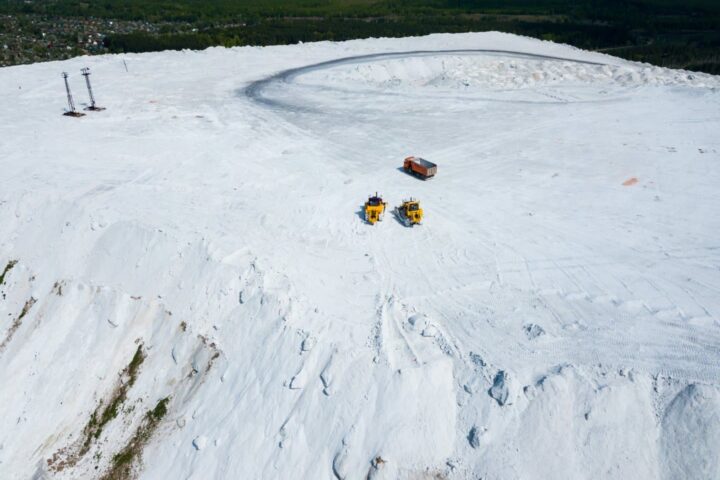A groundbreaking fossil discovery in the Kashmir Valley has provided new insights into the evolution of elephants and the diet of early humans. The fossilized skull of an extinct elephant, discovered in northern India, has been linked to another skull from Turkmenistan, identifying them as a distinct species of Palaeoloxodon.
Evolutionary Significance of the Skull Features
The skull, which was buried with 87 stone tools used by prehistoric humans, has been dated to the Middle Pleistocene period, around 300,000-400,000 years ago. The team of researchers, led by Dr. Advait Jukar from the Florida Museum of Natural History, analyzed the skull to determine its age and evolutionary context.
Insights from Comparative Analysis
The research team compared the Kashmir skull to another skull from Turkmenistan, which was studied in the 1950s. They found that the two skulls shared similar features, including a lack of a prominent crest at the skull roof. This led the team to conclude that the two skulls represent a distinct species of Palaeoloxodon.
Conclusions on the Palaeoloxodon Lineage
The discovery of the Kashmir skull has provided new insights into the evolution of elephants and the diet of early humans. The team’s findings suggest that early humans in the Kashmir Valley were eating elephants around 300,000 years ago. This discovery has significant implications for our understanding of human evolution and the relationship between humans and elephants.
The study’s findings were published in the Journal of Vertebrate Paleontology.

















